Stonehenge 4500 years past ... a world of belief, technology and connection
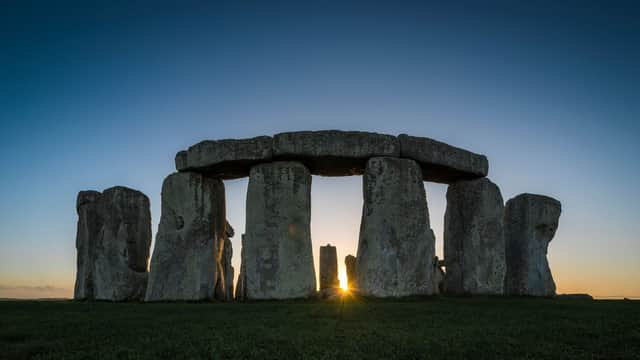

History journalist Andrew Southam shines spotlight on arguably world’s most famous prehistoric monument, subject for first time of national museum show.
Never has a national museum revealed the civilisation of the people who built and worshipped at Stonehenge.
New exhibition
Now a ground-breaking British Museum exhibition unveils a prehistoric society, not only of mysterious ritual but technology, tools, social change and links to continental communities.
Advertisement
Hide AdAdvertisement
Hide AdPeople living in the late stone age, called Neolithic, between 4900 BC to 2000 BC began building stone and wooden monuments across Britain, Ireland and Europe.
Over a thousand stone circles remain today, stretching from Wales to Scotland’s Orkney Isles and from the Carnac Stones in northern France to temples in Malta.
Stonehenge is the largest followed by nearby Avebury and Stanton Drew in Somerset.
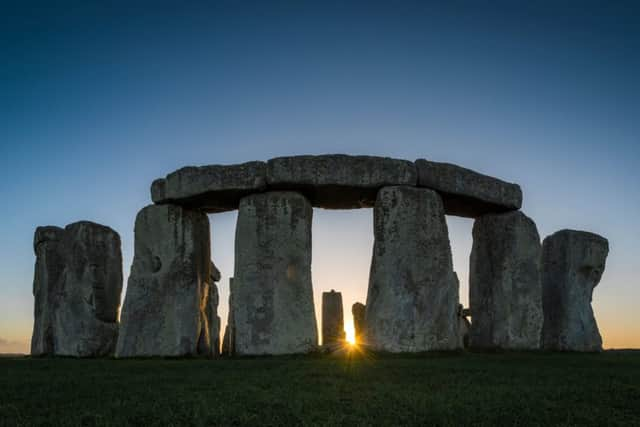

Prominent European galleries have loaned 430 treasures to bring this world to life.
Advertisement
Hide AdAdvertisement
Hide AdIntriguing Neolithic object
Astonishing objects include the earliest known map of the universe called Nebra Sky Disc.
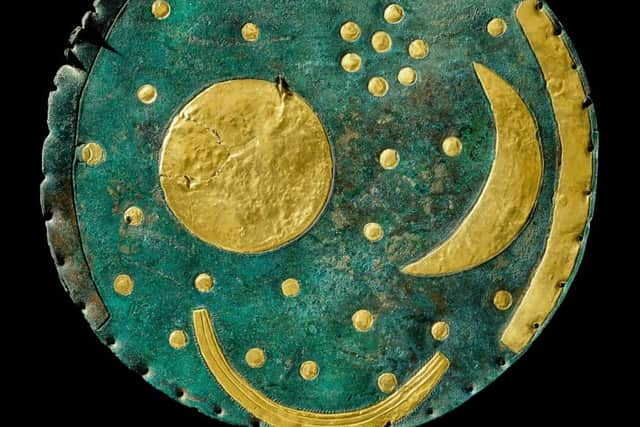

This marvel found in Germany, which experts think is an astronomical clock or calendar, combines Cornish tin with knowledge from modern day Scandinavia, Mediterranean and Egypt.
Next are two of only four known gold cone-shaped hats worn by Neolithic priests and priestesses in sun worship called golden hat of Schifferstadt from Southwest Germany and Avanton cone from France.
Ornate dagger
None of these jewels have come to Britain before. British objects include a finely crafted dagger from Bush Barrow, a 2000 BC burial site near Stonehenge.
Advertisement
Hide AdAdvertisement
Hide AdThe dagger’s handle had thousands of gold studs made by either a child with perfect vision or a severely short-sighted adult. And the gold came from Ireland with the dagger made in Brittany.
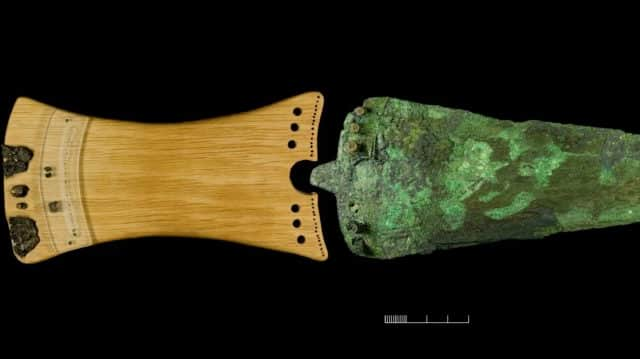

Fascinating timber circle revealed by tide
Most beguiling is a timber circle not previously seen outside Norfolk. In 1998 a ring of oak tree stumps emerged from the moving sands of the Norfolk coast.
In the middle sat a huge, upturned tree possibly used to lay out bodies – locals think so birds could pick their flesh!
Dubbed Stonehenge of the Sea or Seahenge, the site dates to 2049BC. These artefacts offer tantalising glimpses of late Stone Age life.
Advertisement
Hide AdAdvertisement
Hide Ad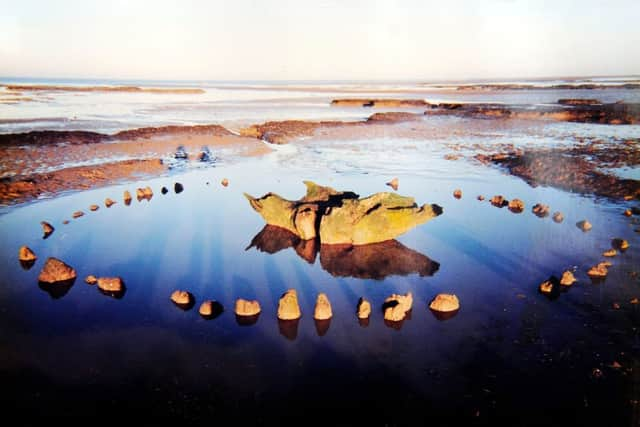

What is museum exhibition all about?
British Museum curator Neil Wilkin says the exhibition is “about the people who built and worshipped at the monument, but it is also a story that transcends the Salisbury Plain and even Britain and reaches far into continental Europe.
Stonehenge’s eternal mystery and significance can only be fully understood by charting the surrounding world that made it possible”.
Hunter-gatherer tribes arrived by foot from modern day Belgium around 10,000 years ago before a tsunami separated Britain from Europe.
A wave of immigration
A second wave of immigration came from modern day Turkey 6,000 years ago bringing seed and cattle, with agriculture marking the start of the Neolithic period.
Advertisement
Hide Ad